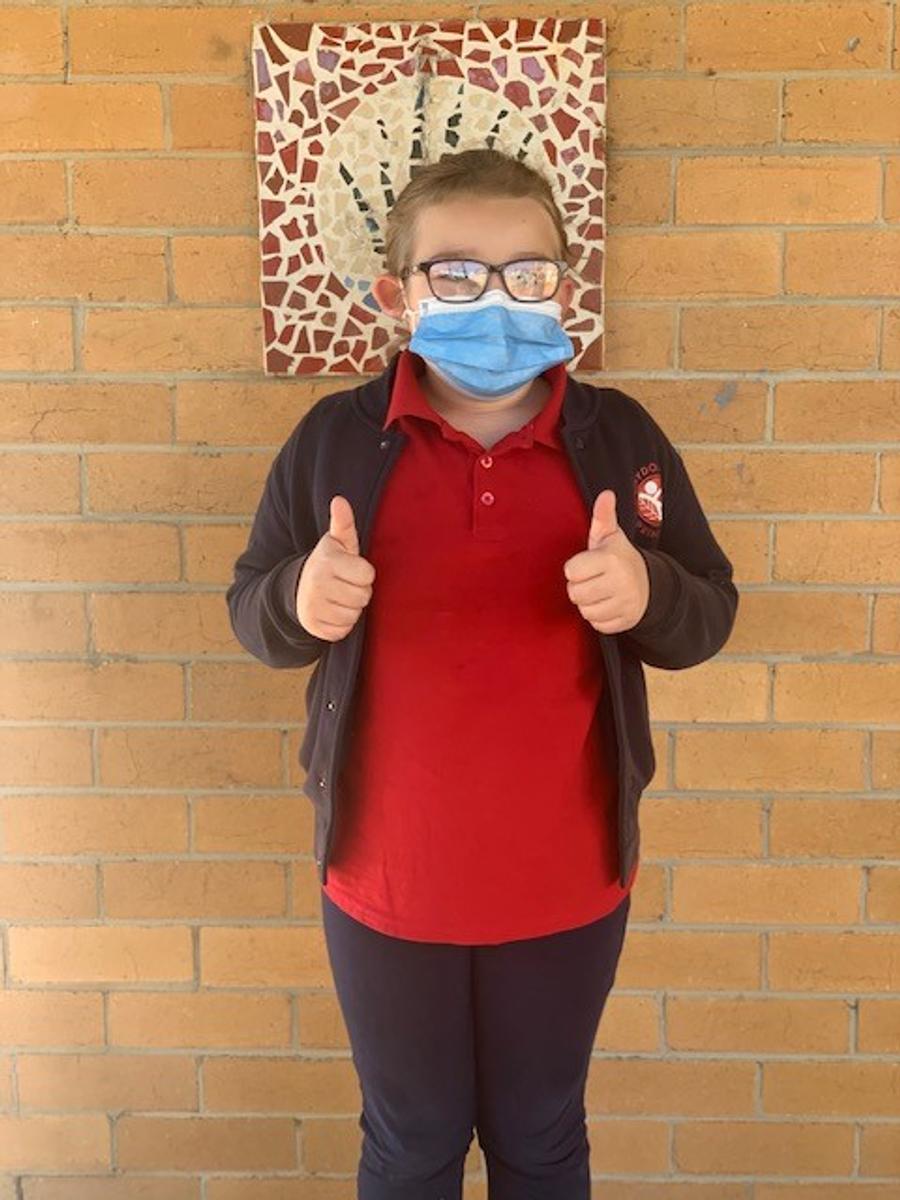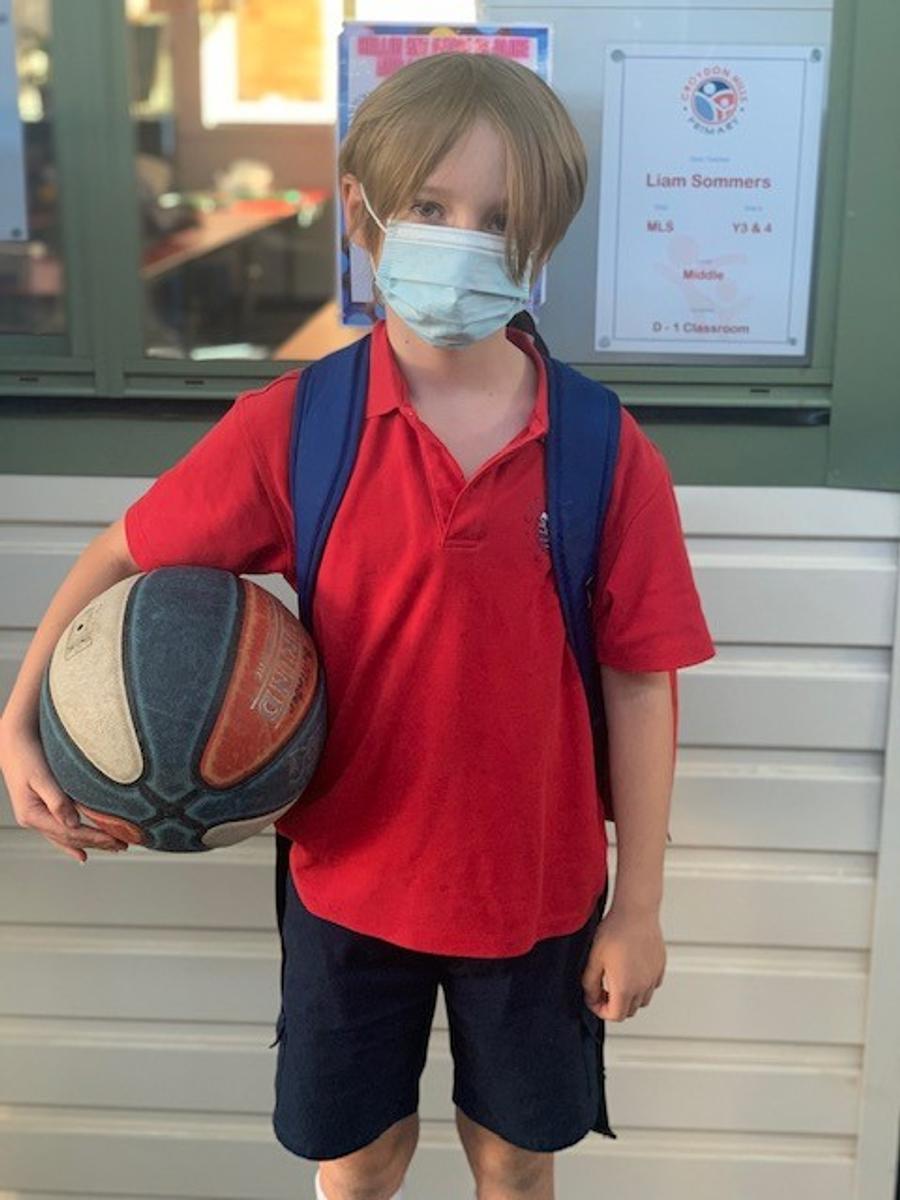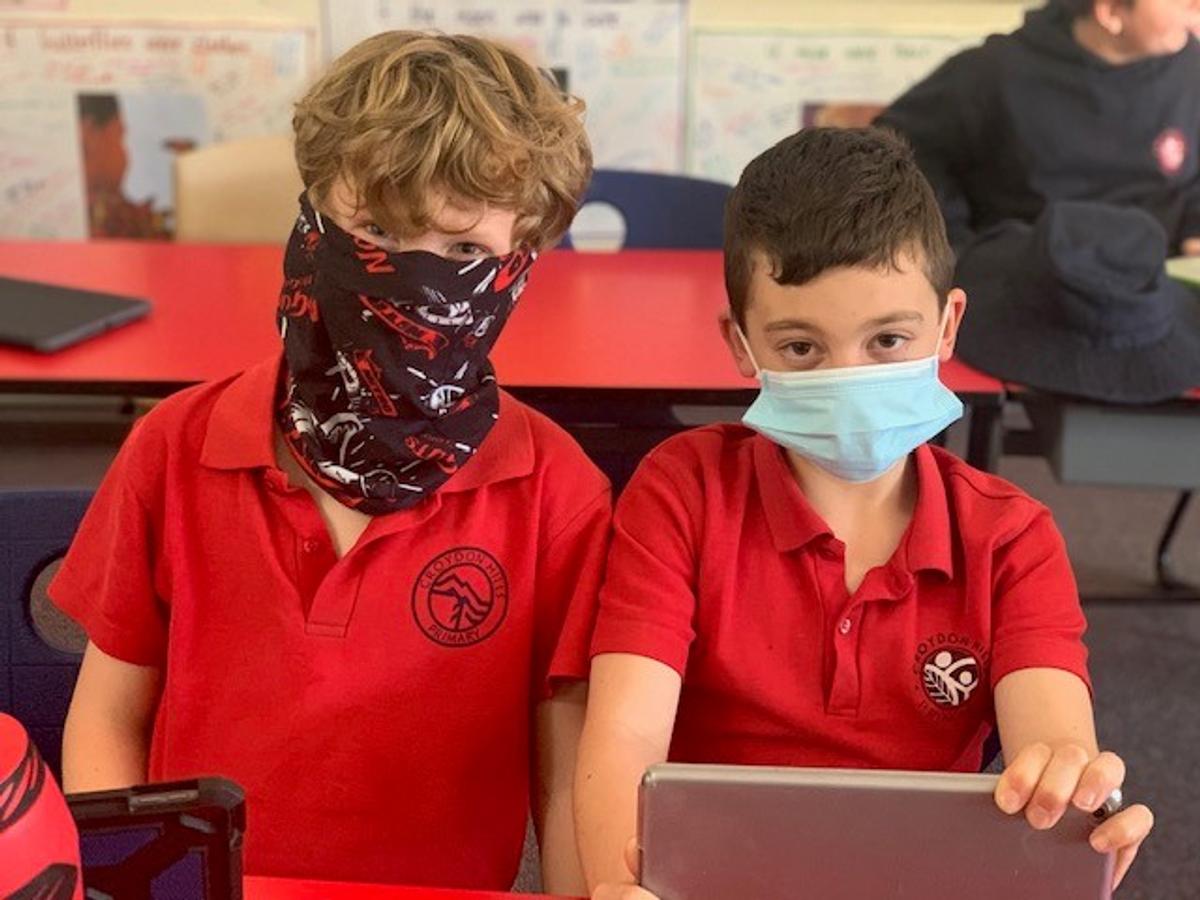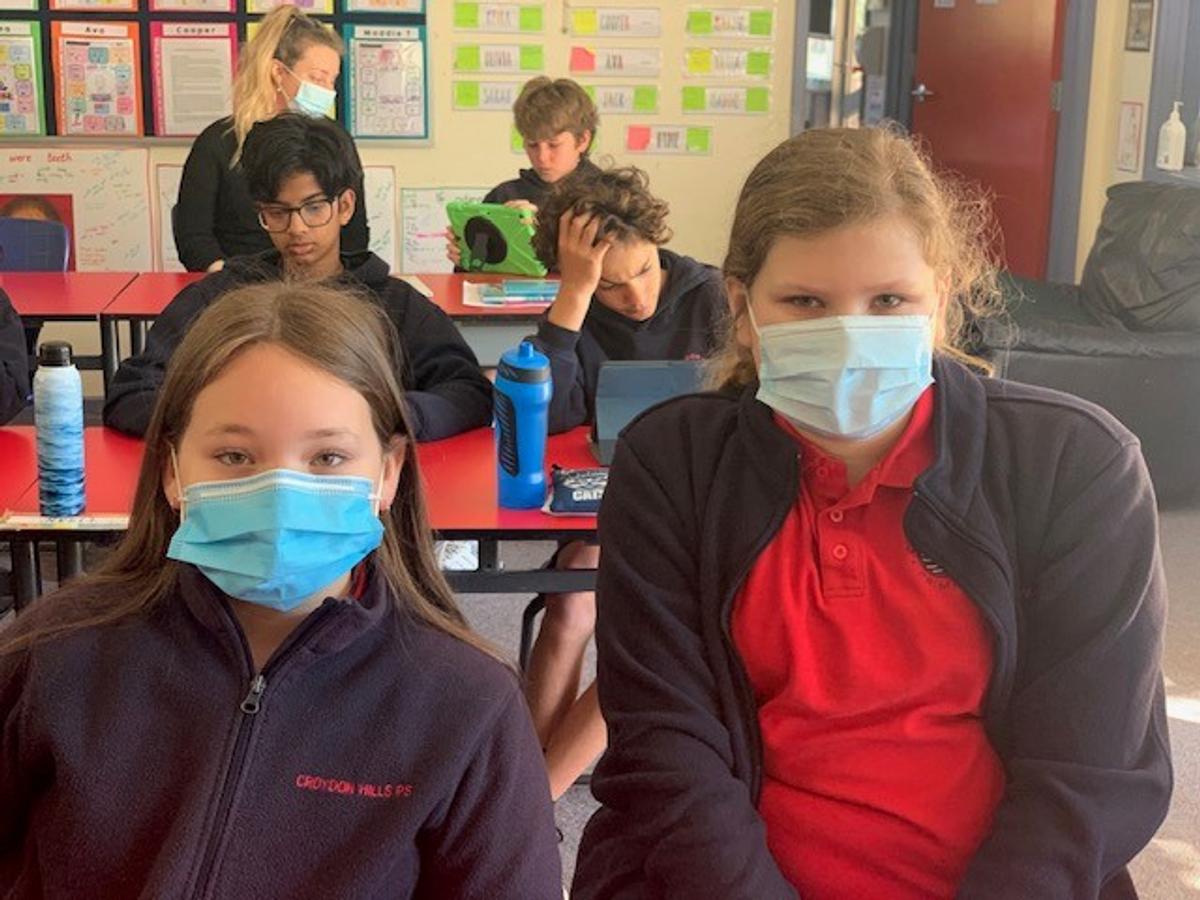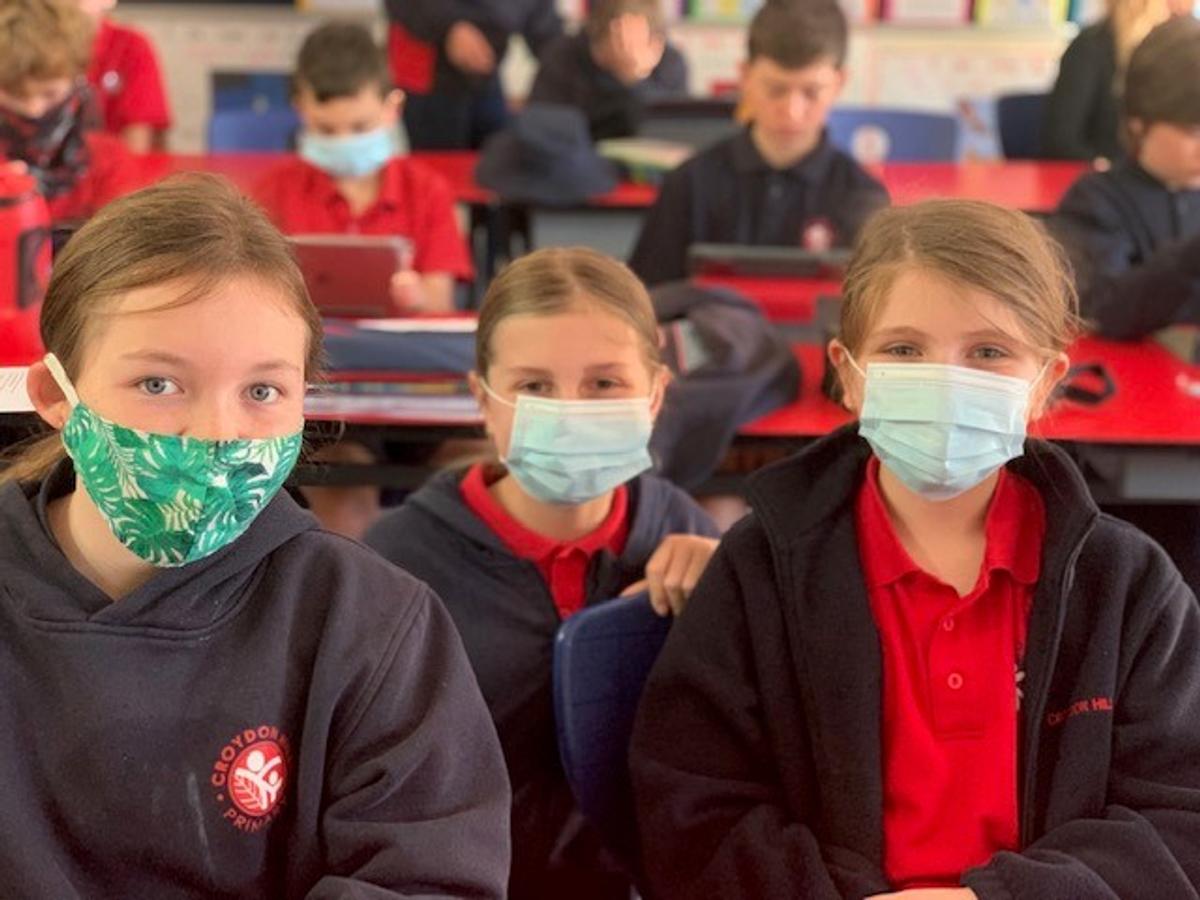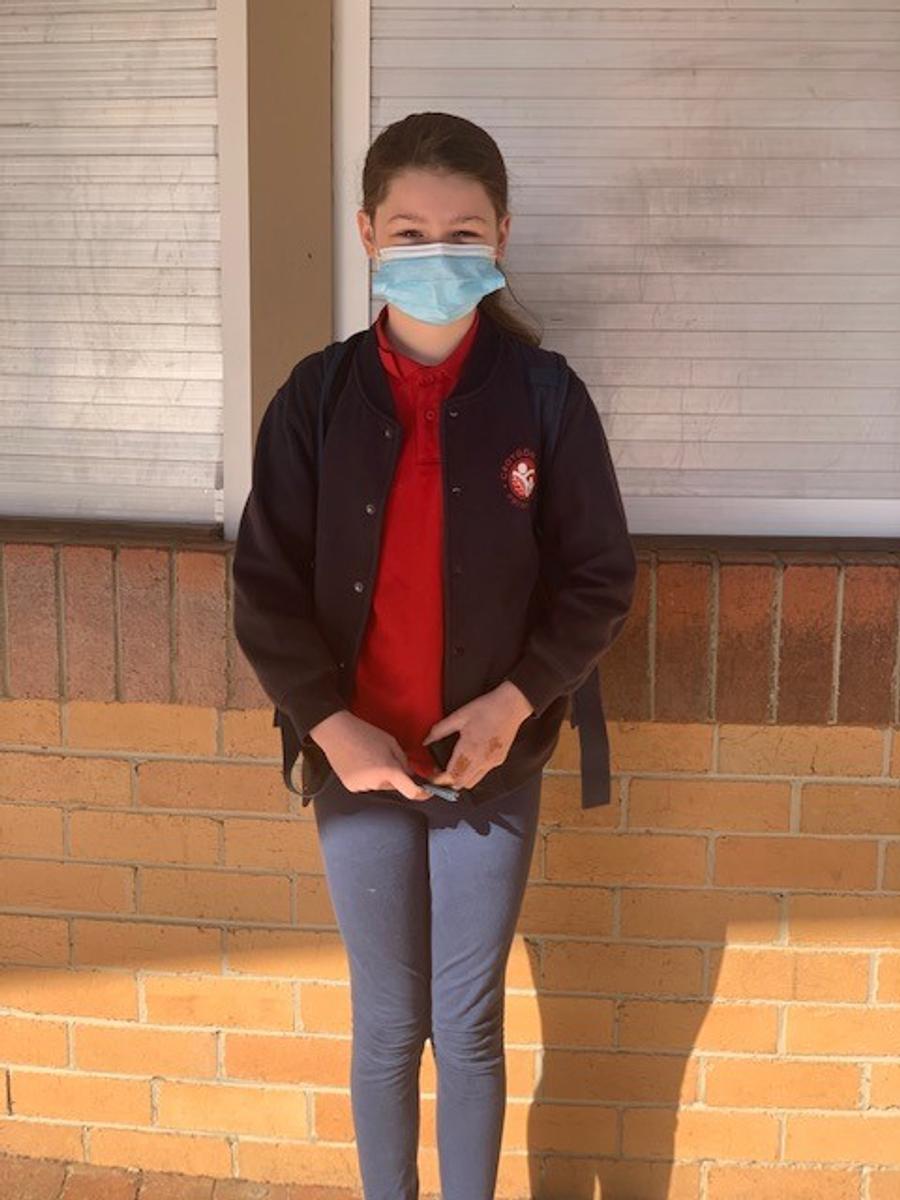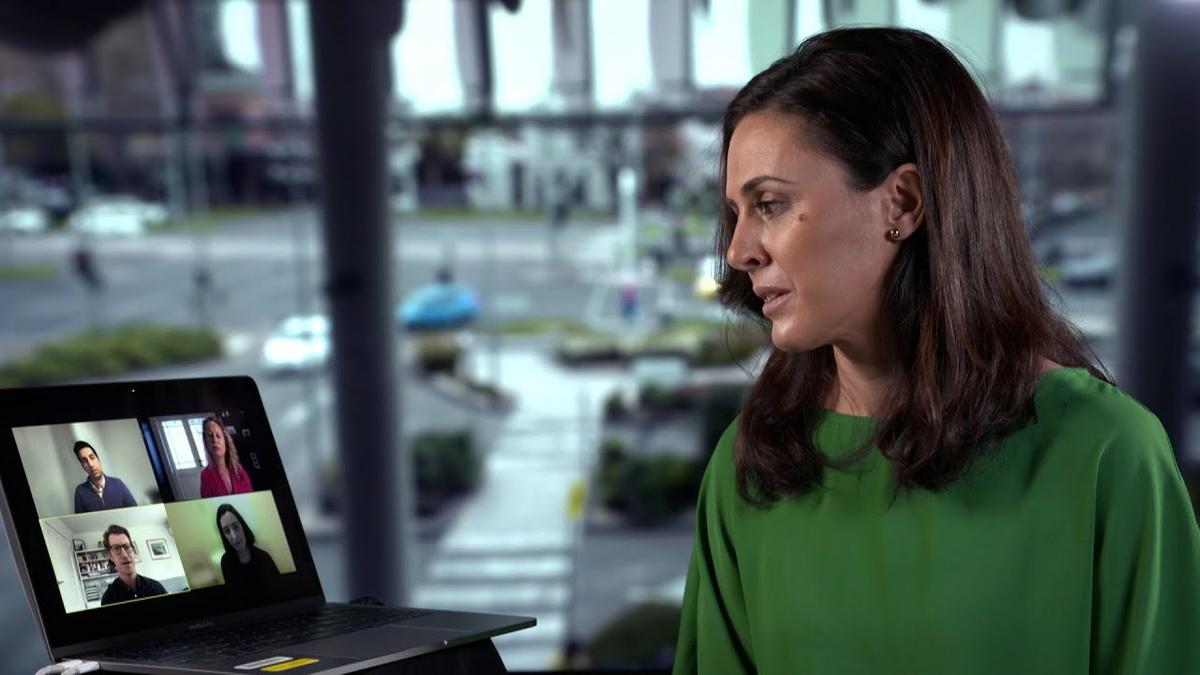Assistant Principal's Page
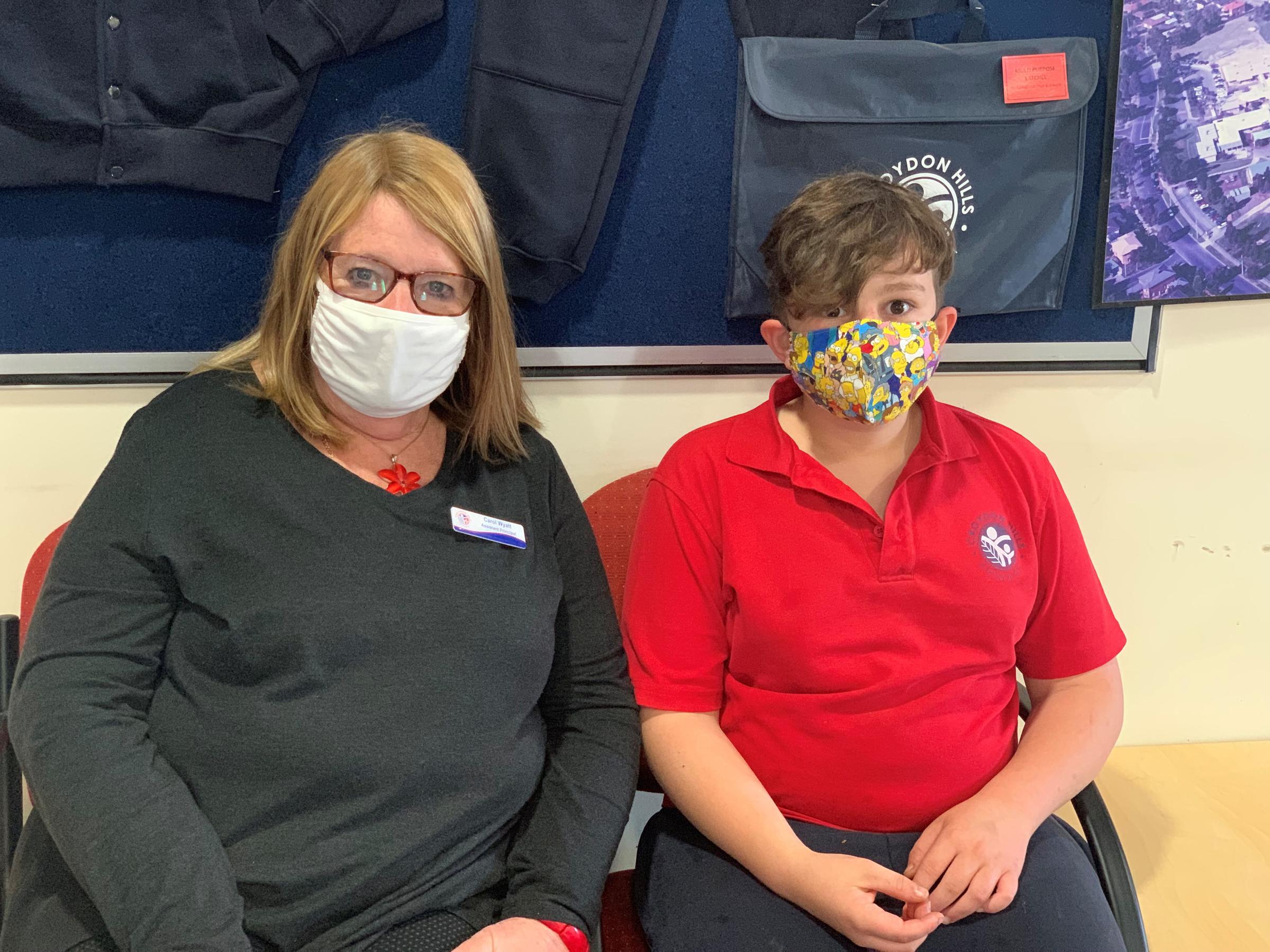
Returning to school
We are very pleased to have students returning to school over the coming weeks. With that return will come some anxieties and uncertainties. Teachers will be working very hard to ensure students feel safe and supported. They will be following Department of Education hygiene guidelines, but also providing structure and communicating with students as to how things may be a little different at school.
One of the differences will be that many students will be wearing face masks, especially students in Years 3 to 6.
Talking with children about face masks can help them cope and explore their feelings. Here are some suggestions to talk with your children about masks from the Raising Children Network.
For older children, you can work through the steps below.
1. Make time to talk about face masks. The best time to talk about face masks is when you can give your child your full attention. This could be at dinner, bath time, or bedtime. If you can, have a mask ready to show your child.
2. Use a calm, reassuring and positive tone. If you sound calm and reassuring when you talk with your child about face masks, your child is more likely to feel safe and secure.
3. Find out what your child knows. Start by asking your child what they know about face masks, whether they’ve seen people wearing face masks and whether they have any questions. For example:
- ‘This is a mask. I wear it over my nose and mouth. Do you know why I have to wear a mask when I go outside?’
- ‘Have you noticed that people are wearing face masks now?’
4. Explain face masks in a way your child understands. This is about sticking to the facts and focusing on the positives. For example:
- ‘When we talk, breathe, cough and sneeze, snot and saliva can come out of our nose and mouth. Face masks can stop the snot and saliva getting on other people. It’s best to keep snot and saliva to ourselves!’
- ‘Healthy people wear face masks. Lots of people, like doctors, nurses and teachers, wear face masks to do their jobs. Wearing masks is one way we can help to keep everyone safe from COVID-19.’
- ‘You don’t need to wear a face mask. But you’re helping just by washing your hands, coughing and sneezing into your elbow, and remembering not to touch your face.’
- ‘I don’t need to wear a face mask at home. People only need to wear them when they leave the house.’
5. Tune into your child’s feelings about face masks. Ask your child how they’re feeling and listen to what your child says. Let your child know that their feelings are OK. You can also ask your child what they need to feel better. It might reassure your child if you share your own feelings and let your child know what you’re doing to cope.
For example:
- ‘How did you feel about seeing everyone in face masks today?’
- ‘I know that face masks can look strange. It’s OK to feel unsure. I bought some face masks in fun colours and patterns. Why don’t you help me choose one to wear?’
- ‘It sounds like you’re worried about not wearing a face mask. It might help to know that it’s mostly adults who get and spread the virus. And most children don’t get very sick if they get it.’
Communicating with your child when you’re wearing a face mask
Face masks hide some of our facial expressions, so they can affect the way we communicate, especially with children.
If you feel that wearing a face mask is affecting your ability to communicate with your child, here are some things you can do with children of different ages:
- Turn to face your child and use plenty of eye contact.
- Try speaking more loudly, slowly and clearly so your child can hear you through the mask.
- Use exaggerated expressions so that your smile or surprise shows in your eyes.
- Use body language and gestures like nodding and touching your child gently to show you’re listening.
- Play ‘guess the expression’ with your face mask on, using your eyes and eyebrows to show different emotions.
- Play charades to give your child practice in understanding and using body language, hand gestures and movement to communicate.
- Give your child a lot of cuddles and face time when you’re at home together and you’re not wearing a mask.
Some parents will feel apprehensive about sending their child back to school so I have included an excellent video from the Children’s Hospital with professionals discussing why it is OK to send children back to school.
Effects of COVID-19 on children's physical health (Facebook live) Are you worried about your child getting COVID-19? Is Delta worse than the other variants? Should I vaccinate my child when it’s available? We answered these... youtu.be |
Carol Wyatt - Assistant Principal

